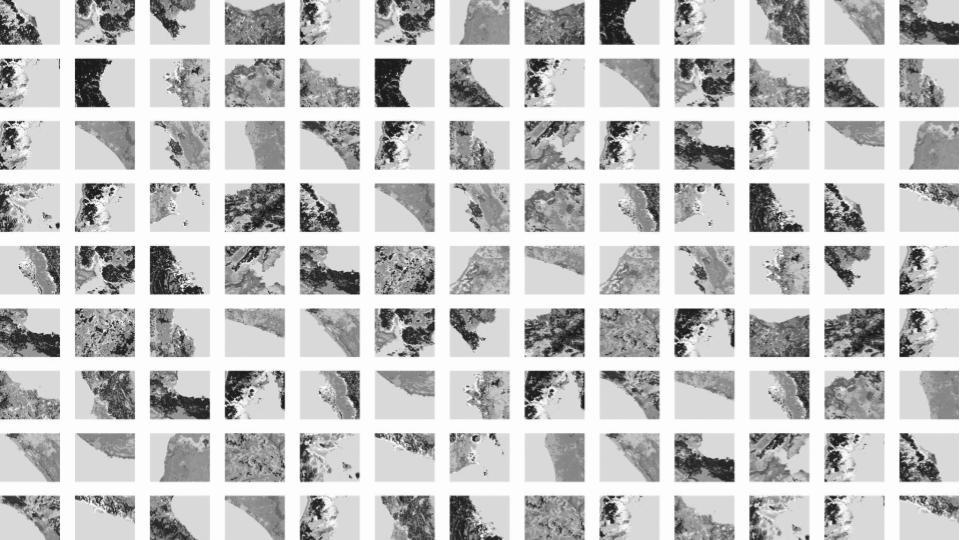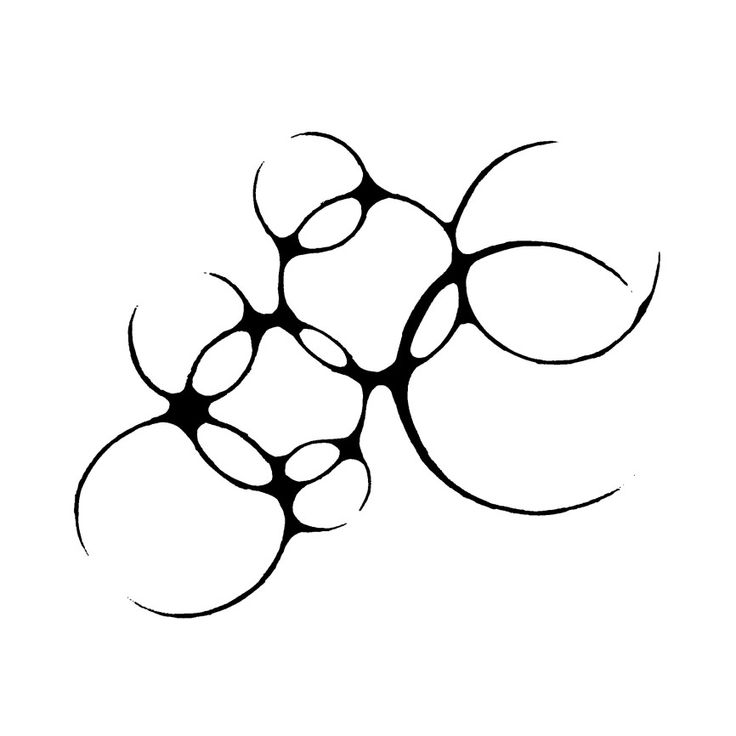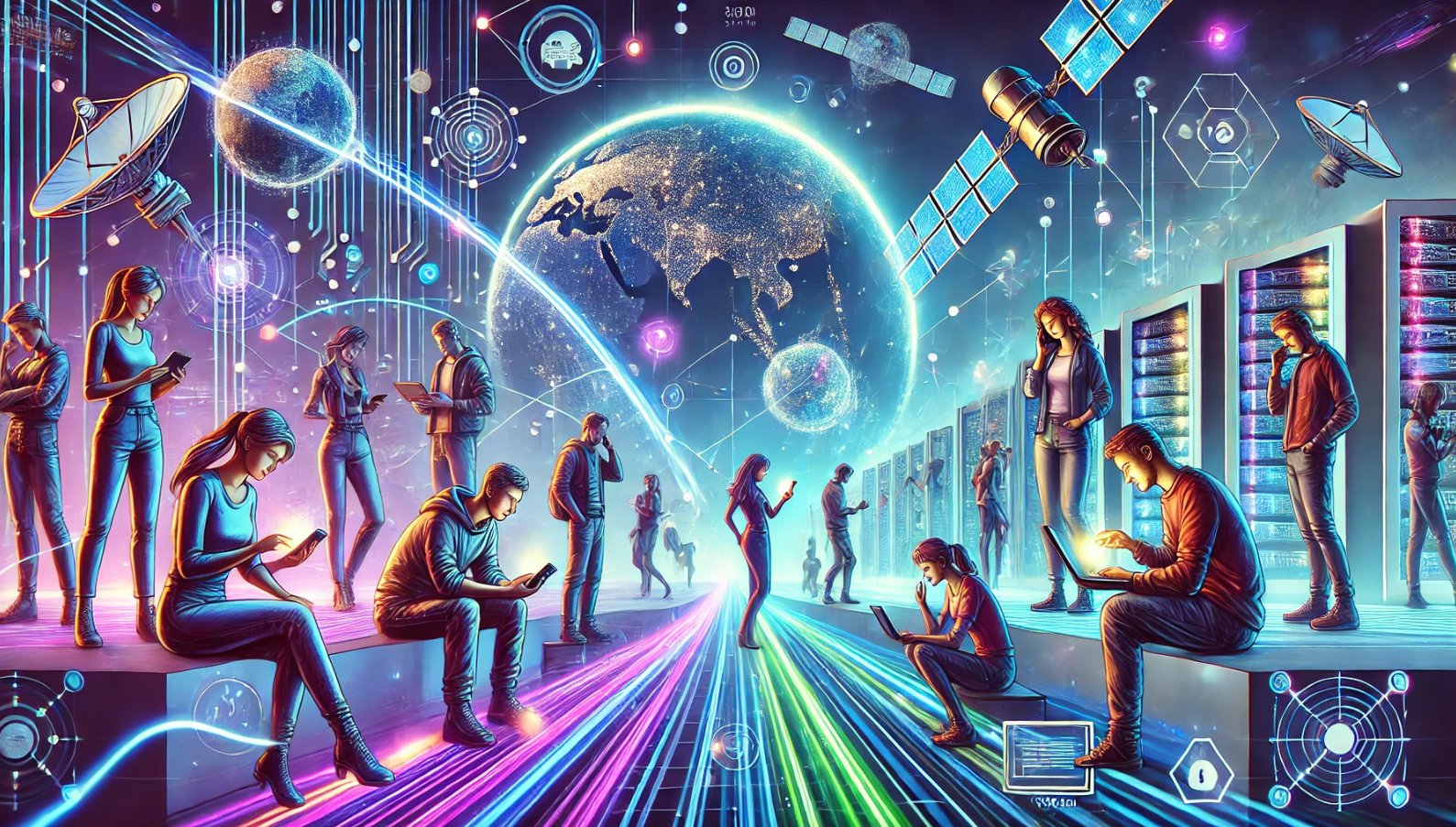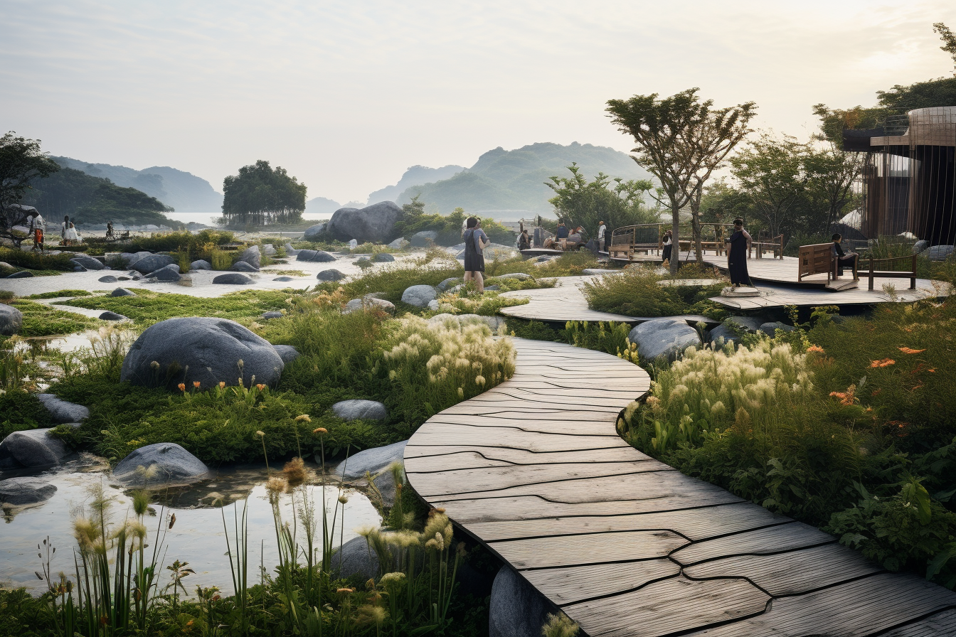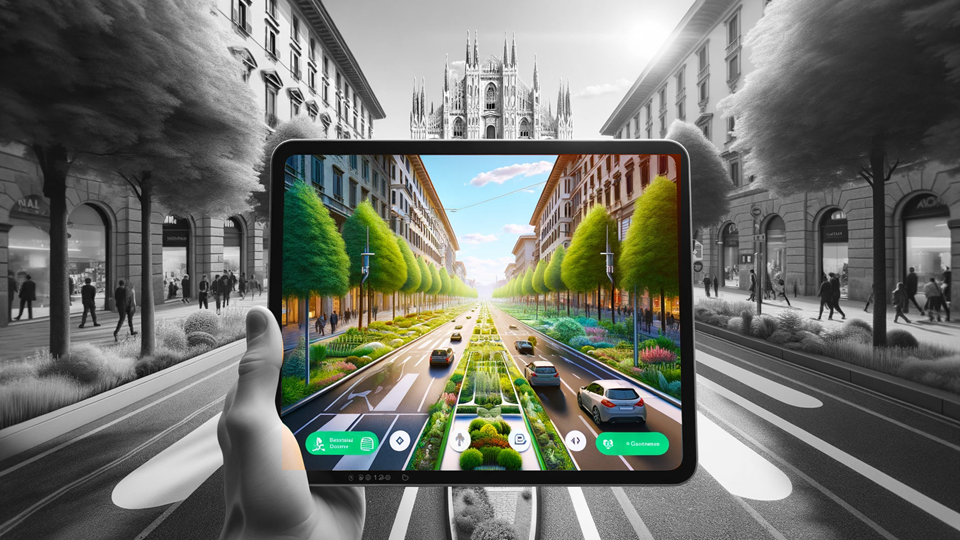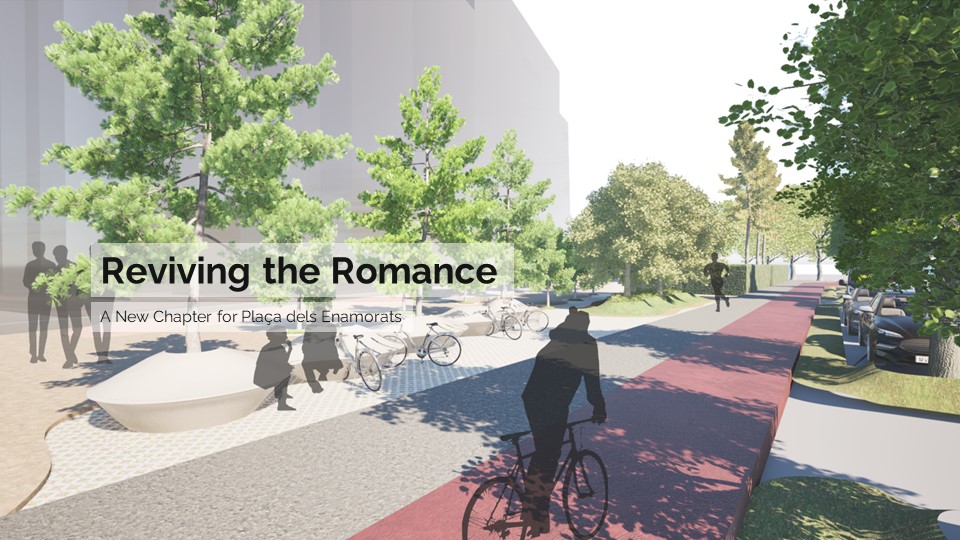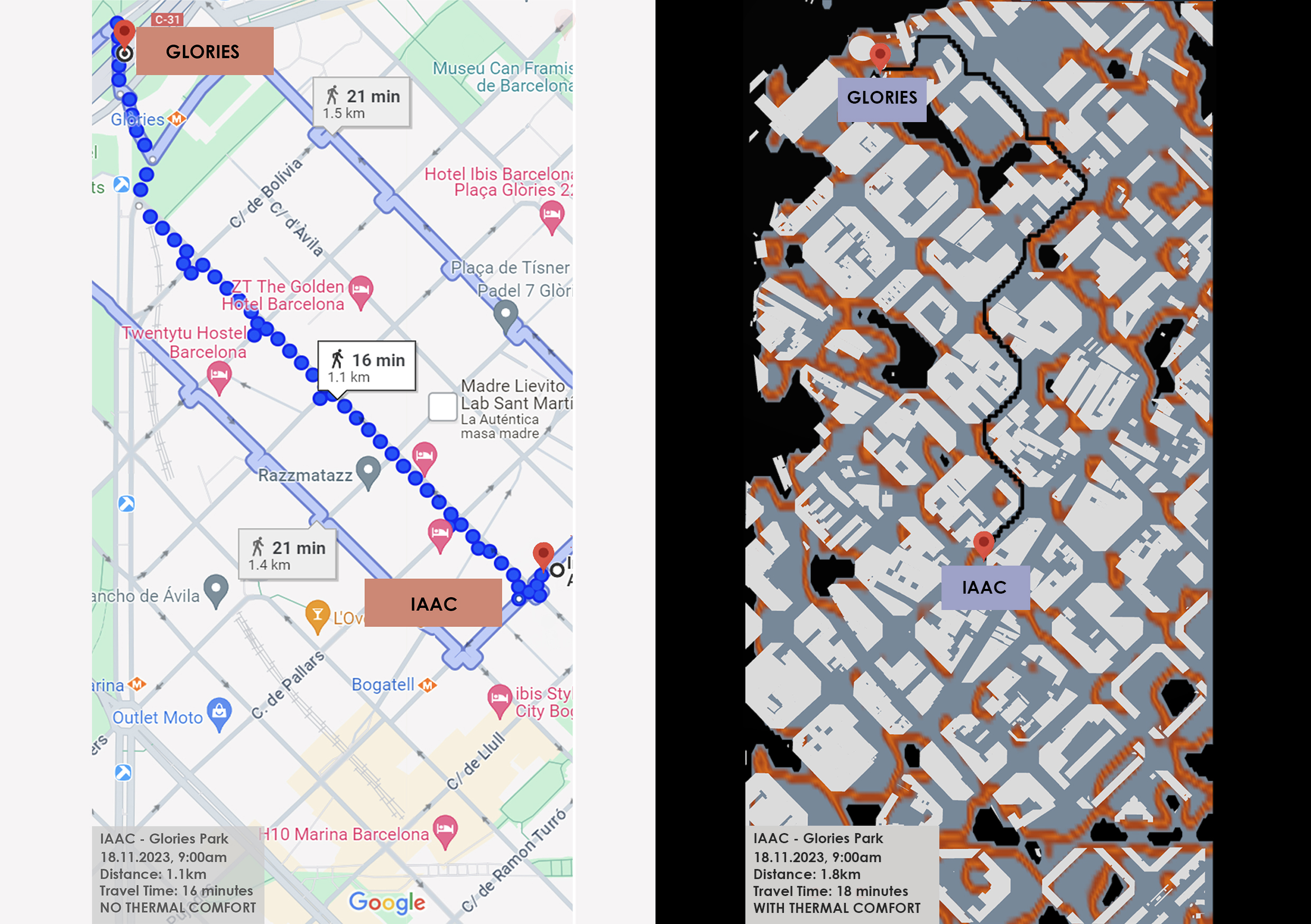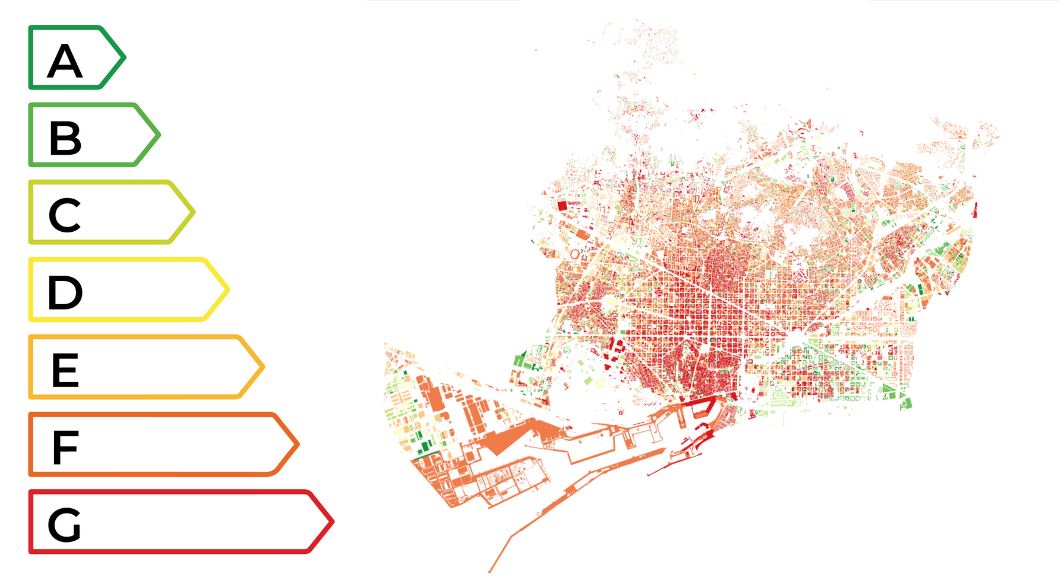Heat Archipelagos
Rising heat is an increasingly critical global condition driven by climate change, urbanization, and deforestation. Average global temperatures have climbed due to greenhouse gas emissions, leading to more frequent and intense heatwaves that threaten ecosystems, economies, and public health. Urban areas, in particular, experience exacerbated effects due to the urban heat island phenomenon, where concrete, … Read more


